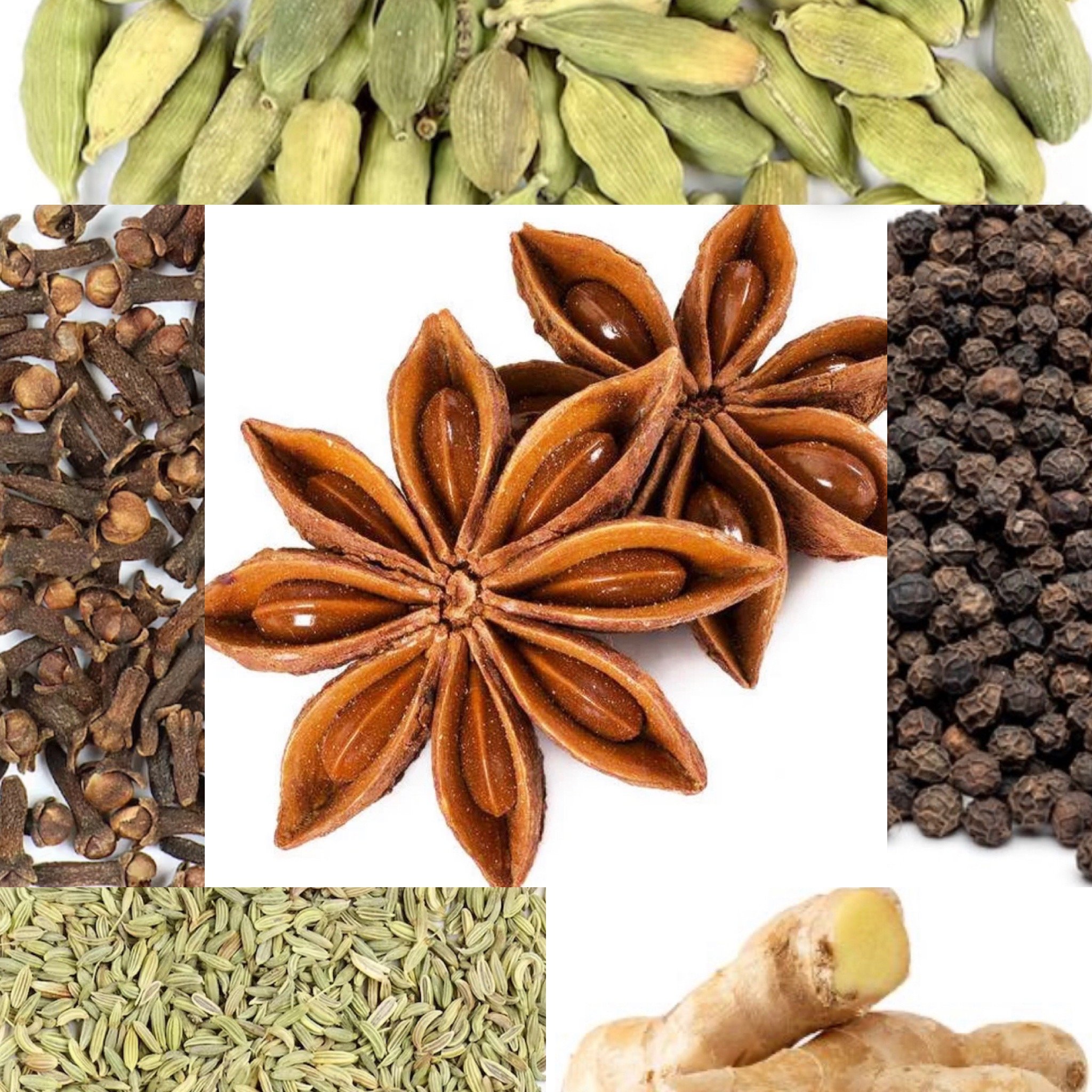I recently attended a 4 hour workshop with topics and practices around Kundalini and moving into the final phase of womanhood: the Era of the Wise Crone. The next day I hosted a traditional Fire Ceremony with 2 spiritually like minded friends, complete with chanting and offering to the Fire.
There was a lot of discussion around both of these transformative events. One of my new friends shared an experience then asked: ‘is it possible that our Kundalini practice turned me into a vegetarian?’. She shared that at dinner that evening she had been turned off my the meat in her dish, and hasn’t had an inclination to eat meat since. Is it possible that a seated yoga practice could do that?!
Yes. Yes it is quite possible. This is a symptom of ‘good’ yoga.
I’m its most basic terms, Tantra is the science that outlines how to liberate and integrate your latent energies. Doing so ensures that your higher Self, your connection to your enlightened experience, burns more brightly. This can result in more helpful decisions and fewer harmful decisions. This is how a more enlightened mind functions. Tantra shows us how to consciously evolve into kinder and more powerful versions of ourselves - like flipping a switch to turn on the light.
Okay that sounds weird. How could that possibly work?
According to explanations given in the ancient texts, Kundalini Shakti can be translated as Potential Energy. Prana Shakti can be translated as Activated Energy.
Throughout our waking, dreaming, and deep sleep experiences, the wisdom of Prana Shakti informs the movement of our organs, the quality of our senses, and the lens through which our Mind perceives the world.
Traditional teachings tell us that the average human is waking around powered by ~25% Prana Shakti, sitting on top of ~75% Kundalini Shakti.
Wise sequencing with application of proper breath techniques, intention, and a strong mental and physical digestion helps reduce the Kundalini, and increase the Prana, so we’re working with brighter clarity and more power. And as we all know, with great power comes great responsibility, so before we juice up, it’s best to get calm. These are the teachings that brighten the Light of Self Knowledge.
So how might you accomplish that?
There are 10 ways Kundalini Shakti can be alchemized into Prana Shakti. It can unfold like the petals of a rose in spring, or like the shattering of a tea cup shoved off the shelf. Ideally we prefer the former. Childbirth is an example of extreme awakening. Yoga and meditation offers a technique for a gentle awakening. Chanting and Mantra Meditation are external and internal ways to safely increase your personal power and capacity.
Yogic teachings suggest that when we use postures, breath, and kriya (the movement of mental intention), we can reverse the downward moving energy (apana) to meet the energy that moves in and down (pran), they meet in the middle (naval center) and ignite (samana). This fuels the latent energy sitting in your Kunda (fire pit). Burn away inertia and get ready - you’ll move your Pranic Gauge up - you’re no longer working at 25% capacity, now you are at 26% and above.
Other ways to alchemize Kundalini Shakti into Prana Shakti include breath technique such as kapalabhati (breath of fire), combined with the application of seals (Mudras) through techniques such as pressing the tip of your tongue lightly behind the front teeth / at the roof of the mouth, while also applying a gentle pressure at the perineum that results in an ‘in and up’ motion. This makes you a container of energy that become brighter and hotter, much like the science behind a pressure cooker.
Fire Ceremony which includes traditional chanting is an external ritual to honor and increase the governing influence and qualities of Fire. It builds a relationship with this beneficial and balancing element, setting a sturdy stage for growth.
Tantric practices that seek to reduce Kundalini and increase Prana in such a focused manner should be taught by an experienced and educated teacher. Kundalini ‘accidents’ can happen when the energy isn’t balanced, or when it is blocked. The extreme increase in Prana Shakti can also cause side affects such as loss of appetite, insomnia, visions, and other phenomena that might otherwise cause concern. When this happens there are additional previews you can do to help integrate your new energetic capabilities.
An example of a well integrated and balance human with reduced Kundalini and increased Prana can be seen in the likes of great scientists, artists, musicians, engineers, and kind political and social leaders. Some people are born with it. Others have to cultivate it.
How do I know if it’s happening?
If you experience a positive change in personality, diet, and lifestyle after some consistent wisely sequences yoga, then you know it’s working. If all of the sudden you feel super charged and your work output doubles or triples in quantity or quality, you know it’s working. If your words and actions carry more weight and potency, you know it’s working.
Don’t delay. Come to the mat even if you feel you have ‘bad’ habits. Practice the practices that reduce inertia and latency. Do it with kindness and no attachment to the result. Be more effortless. Watch as you build confidence and intuition. Observe your less helpful habits begin to fade away as the veils are lifted from your eyes, and you begin to see more clearly and wisely. Your life is on the up dear yogi!
Dear Azita - your experience is valid and amazing!




